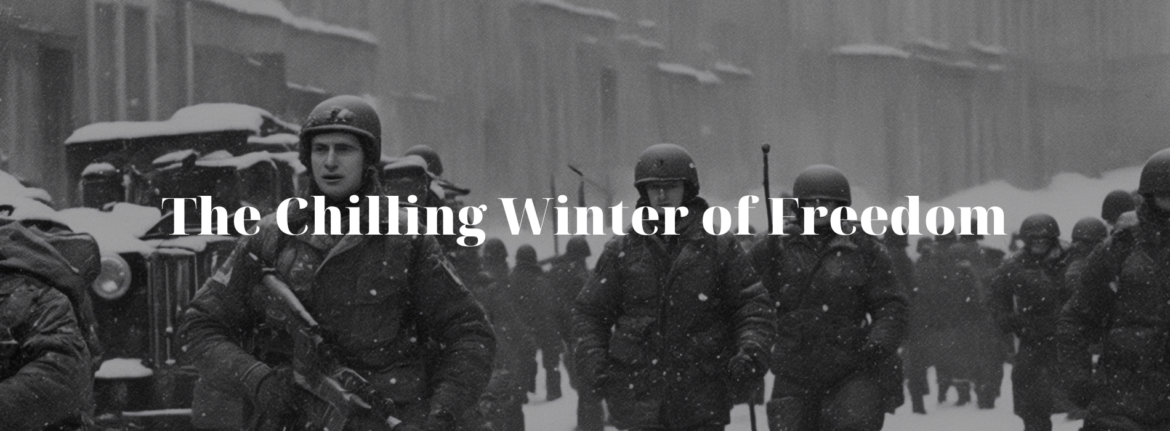Introduction
The period from December 1981 to July 1983 in Poland, known as „Stan Wojenny” or martial law, stands as a dark and pivotal chapter in the nation’s history. This era was marked by the government’s drastic measures to quell the burgeoning Solidarity movement and maintain communist control.
The Onset of Martial Law
General Wojciech Jaruzelski, the then head of state, announced the introduction of martial law on December 13, 1981. This move followed a formal authorization by the Council of State the previous day. An extraconstitutional military junta, the Military Council of National Salvation (WRON), was formed to govern Poland during this time.
Enforcement and Impact
The implementation of martial law saw the deployment of the Polish People’s Army, the Citizens’ Militia (MO), ZOMO special paramilitary units, and tanks across the country. These forces were tasked with demoralizing demonstrators, controlling strategic locations, and enforcing curfews. The secret services wiretapped public and state institution phones, and media and correspondence faced stringent censorship. Travel between cities required special permits, exacerbating the already prevalent food shortages.
Resistance and Repression
Despite these oppressive measures, some protests erupted in response to the martial law. Notably, the ZOMO squads violently suppressed a pro-Solidarity miners’ strike at the Wujek Coal Mine in Katowice, resulting in the deaths of nine demonstrators. Other demonstrations across Poland were similarly dispersed, with the military and paramilitary units employing water cannons, tear gas, batons, and clubs. The official death toll during this period is uncertain, but it is estimated that 91 people lost their lives.
Economic and International Ramifications
The crackdown on opposition led to economic sanctions against Poland by the Reagan Administration, further deteriorating the already struggling economy. Internationally, Poland’s actions under martial law drew criticism and isolation, affecting its standing on the global stage.
The Aftermath
Although martial law was suspended on December 31, 1982, and formally lifted on July 22, 1983, its impact continued to reverberate through Polish society and politics. Many political prisoners were not released until a general amnesty in 1986. This period significantly marginalized the Solidarity movement, which would remain on the sidelines until the late 1980s.
Conclusion
The era of martial law in Poland is remembered as a time of severe repression and struggle. It represents a critical juncture in the nation’s journey towards freedom and democracy, highlighting the resilience of the Polish people in the face of authoritarianism. This period is an essential study in the complexities of political power, resistance, and the human spirit’s quest for liberty.
